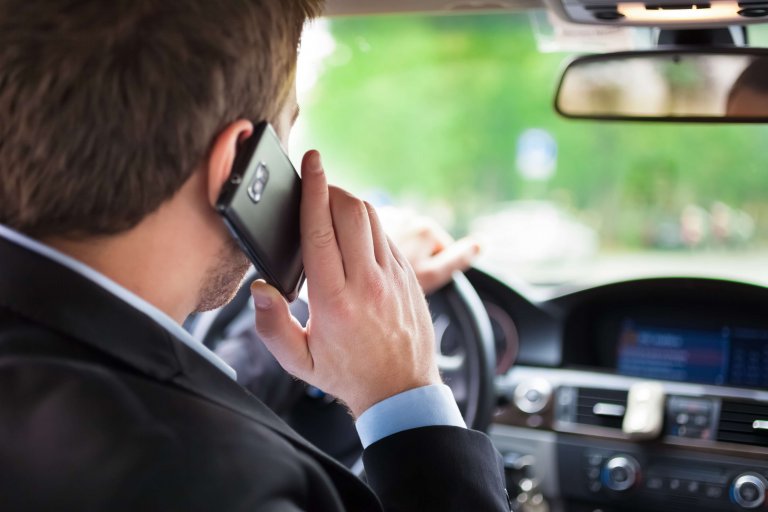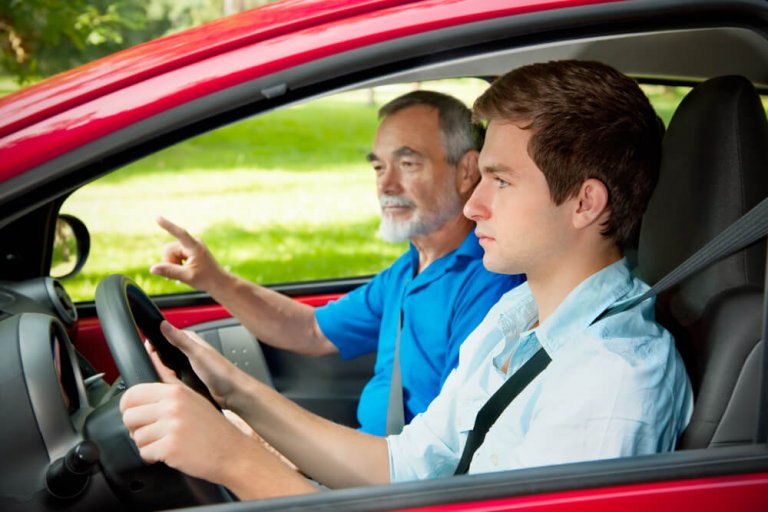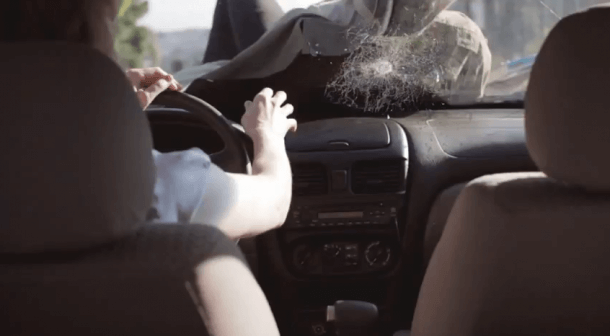
PASSING ON BAD DRIVING HABITS TO YOUR TEENS (PART ONE)
Whether parents like to admit it or not, they are teaching their kids bad driving habits. By the time teens get behind the wheel they will have spent hundreds of hours in the car with a parent. During that time they will have picked up countless driving habits without even realizing it. While we like to think our teens have only been exposed to the safest, most responsible driving role models, this is rarely the case in reality. Keep in mind that some of your driving habits might be relatively safe for you with all of your driving experience, but since teens have less experience behind the wheel themselves, they may not be able to adjust in time to an immediate crisis like an experienced driver can.
Check out the list below to see if you are guilty of any of these bad driving habits and make adjustments so your teenager doesn't fall into the same routine when he or she takes the wheel.

Using a cell phone while driving
Despite new laws, hands-free devices, and flat out good common sense, parents are still using cell phones while driving. Take extra care to use phones safely or not at all when in the car with kids, and ensure that new drivers have the tools they need to prevent phone distractions. For instance, get a dashboard mount for a smartphone to be used on speakerphone in case your teen needs to make or receive a call when driving. These mounts can also be used for map apps on smartphones instead of GPS systems, and prevents drivers from having to hold the phone in front of them for directions.

Not paying attention during instruction
In a recent study parents admitted they didn't pay full attention or give their best instruction during driving lessons. Specifically, it revealed they are using cellphones to do things like check work emails, text, and make phone calls while teaching their kids how to drive. Some parents expressed that they didn’t think their teen needed their undivided attention, especially in rural areas. Take a break and focus on your teen’s driving - quality instruction now will help your teen become a safe, more responsible driver sooner.

Poor hands-on-the-wheel technique
You may have been taught to keep your hands at 10 and 2 o’clock, but more recent research has shown that the safest hand placement for drivers is 8 and 4 o’clock. This lower hand placement reduces injuries in the event of a crash in which the airbag is deployed. Ideally you should be using this placement while driving to keep yourself safe and to model good driving practices for your kids. But even if you don’t maintain this positioning at all times, avoid positions that leave you with less control over the car - such as driving with only one hand, palming the steering wheel, and driving with your knee. You may be able to pull of these moves from time to time but remember that your teen doesn’t have your years of experience!

Reckless driving
These days it seems like everyone is in a rush to get everywhere, but don’t let your busy schedule put you and your kids in danger of car accidents due to reckless driving. If parents drive recklessly so will teens, so take your time and teach some good examples. For instance, talk to your teens not only about not driving recklessly themselves but also about how to drive defensively to protect against injury from other reckless drivers. One example of defensive driving is to leave plenty of space between your car and the car in front of you in case of a sudden stop (see #5 for more details!)

Driving too close to the vehicle in front (Tailgating)
Tailgating might be encouraged in Nascar races but out on the highway this is a dangerous practice that should be avoided. The rule of thumb is to leave at least one car length for every 10 miles per hour of speed. In other words, if you are going 30 mph you should leave three car lengths between your car and the car in front of you. Another way to maintain a safe distance is to measure in seconds by tracking how long it takes you to pass a street sign after the car ahead of you passed it. For speeds under 55 mph you should maintain at least 3 seconds of distance, 4 seconds for speeds between 55-75 mph, and 7-8 seconds for higher speeds or sub-optimal driving conditions (such as icy roads). If you want to brush up on current laws and requirements, take ten minutes and complete a Permit Practice Test online.
If parents can take action to reduce these negative habits now, there will be a lot less traffic stops that start with my mom does this all the time, when they take the wheel.
Looking for more tips? Don’t miss out on part 2 of this safe driving saga!
